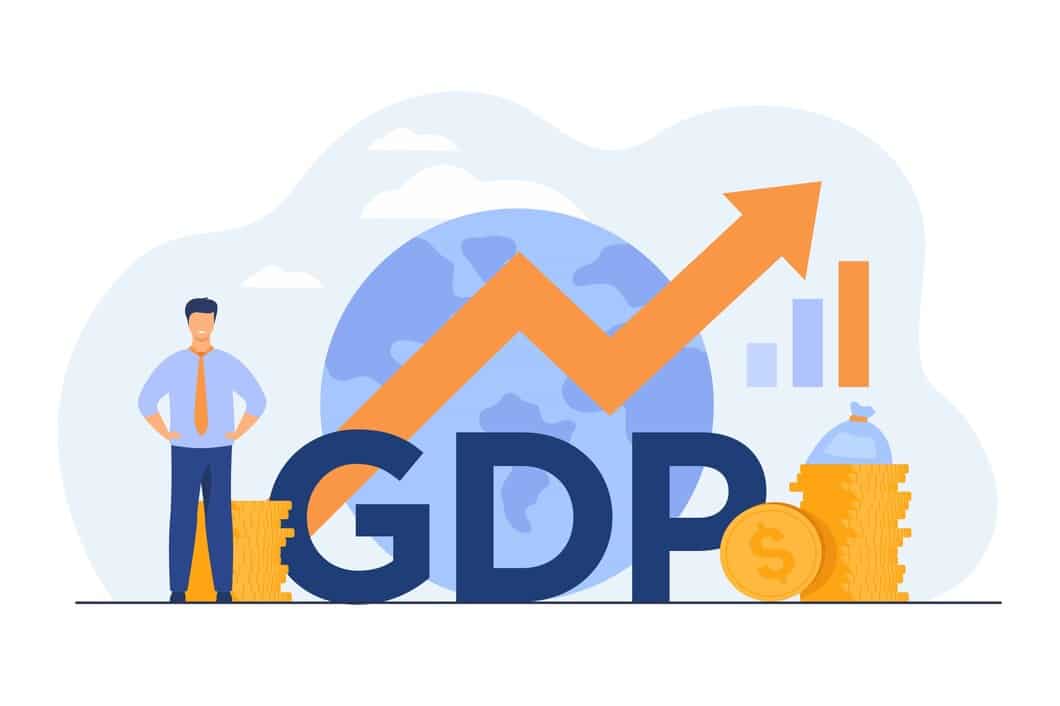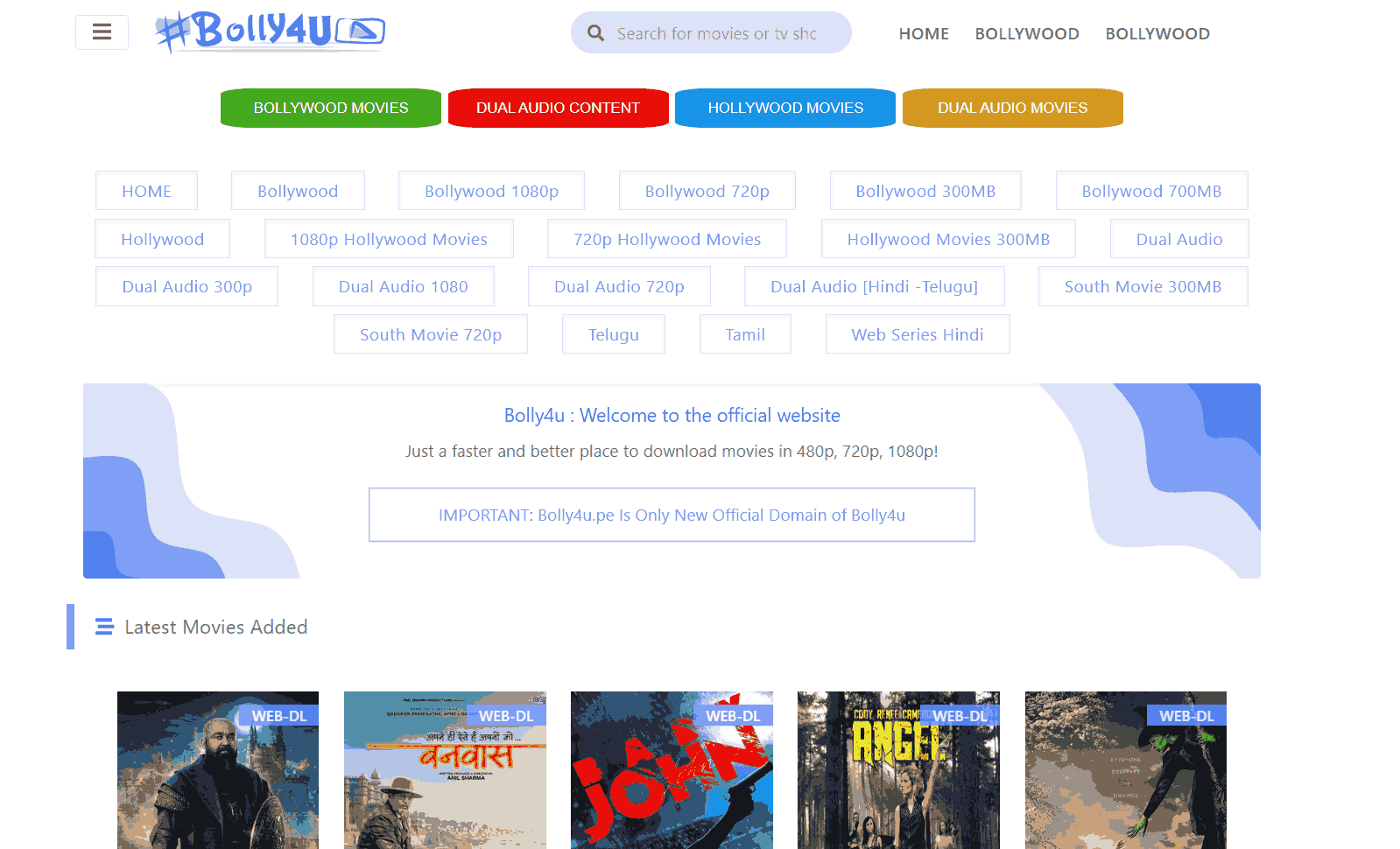India GDP Growth Rate Drops to 5.4% in Q2: Is It Time for RBI to Step In?

India’s economic pulse has weakened, with the India GDP growth rate slowing to 5.4% in Q2. This decline has heightened calls for the Reserve Bank of India (RBI) to consider rate cuts to stimulate the economy. As global uncertainty looms and domestic challenges persist, the latest GDP numbers have raised significant concerns for policymakers, businesses, and citizens alike.
This blog dives into the implications of the sluggish growth, explores the potential moves by the RBI, and examines what lies ahead for India’s economy.
India GDP Growth Rate Slows to 5.4%: What Does This Mean?
The recent slowdown in the India GDP growth rate to 5.4% has sparked concern among economists and policymakers. This drop from 7.8% in Q1 to 5.4% in Q2 reflects a stagnation in domestic consumption and sluggish private investment.
For a consumption-driven economy like India, this decline in the India GDP growth rate raises critical questions about the state of the economy and the measures needed to revive growth.
Global Factors Affecting India GDP Growth Rate
The India GDP growth rate isn’t just shaped by domestic factors; global economic challenges also play a significant role.
- Rising Interest Rates Worldwide: Monetary tightening by global central banks has led to reduced capital inflows, affecting emerging markets like India.
- Geopolitical Tensions: Conflicts in Europe and disruptions in the global supply chain have indirectly impacted the India GDP growth rate, particularly in sectors like exports.

What Can the RBI Do to Revive India GDP Growth Rate?
With inflation still high and growth slowing, the Reserve Bank of India faces a tough decision. Many experts suggest that the RBI should cut interest rates to boost credit and revive the India GDP growth rate.
Lowering interest rates could improve liquidity, making it easier for businesses to borrow and invest, ultimately giving a much-needed boost to the India GDP growth rate.
A Tale of Stagnation
India’s GDP growth rate was at 7.8% in Q1, making the sharp decline to 5.4% in Q2 particularly alarming. Economists attribute this slump to weak domestic consumption, global economic headwinds, and tepid private investment. Sectors like manufacturing and construction, which are critical growth drivers, have also underperformed.
Implications for the Common Man
Slower GDP growth often translates to fewer jobs, lower wages, and reduced consumer spending. For households, this means tighter budgets and fewer opportunities, amplifying the pressure on an already strained middle class.
The Sectors Behind the Slowdown
While some sectors like agriculture have shown resilience, others are struggling to keep pace.
Manufacturing and Construction
The manufacturing sector, once a bright spot for India’s economy, has faced declining output due to subdued demand and rising input costs. Similarly, construction—a key employment generator—has slowed, affected by muted real estate activity.
Agriculture and Services
The agriculture sector grew modestly, offering a silver lining. However, services, which contribute significantly to GDP, have underperformed, particularly in sectors like IT and financial services, which have been hit by global uncertainties.
Why Is Domestic Consumption Faltering?
India’s consumption-driven economy is seeing a worrying trend: people are spending less.
Inflation Woes
Inflation has eaten into disposable incomes, leaving households with less to spend on goods and services. As prices for essentials like food and fuel soar, discretionary spending has taken a hit.
Job Market Concerns
Unemployment rates remain a challenge, particularly in urban areas. Job insecurity discourages consumers from spending freely, creating a ripple effect across the economy.

Global Challenges Compound Domestic Issues
India’s GDP growth rate is not immune to global factors. The world economy is facing its own set of challenges, from geopolitical tensions to monetary tightening by major central banks.
Impact of Global Monetary Policies
Central banks across the globe, including the US Federal Reserve, have been hiking interest rates to combat inflation. This has led to tighter financial conditions worldwide, affecting investments in emerging markets like India.
Geopolitical Risks
Uncertainty stemming from geopolitical tensions, especially in regions like Europe and the Middle East, has added another layer of complexity. These challenges have disrupted trade, increased energy costs, and created volatility in financial markets.
What Can the RBI Do to Revive Growth?
The slowdown has put the spotlight on the Reserve Bank of India. Many are questioning whether a rate cut could provide the much-needed boost to India’s economy.
Rate Cuts: A Viable Solution?
Lowering interest rates can encourage borrowing and investment, two critical components of economic growth. However, with inflation still above comfort levels, the RBI faces a tricky balancing act.
Liquidity Measures
Apart from rate cuts, the RBI could inject liquidity into the banking system to ensure credit flows freely to businesses and consumers. This would help revive demand and kickstart stalled investments.
What Are Experts Saying About the Slowdown?
Economists and analysts have expressed mixed opinions on the 5.4% GDP growth rate and the way forward.
Calls for Structural Reforms
Many experts believe that rate cuts alone won’t solve India’s economic woes. They are calling for structural reforms in areas like labor laws, land acquisition, and taxation to attract long-term investments.
Pessimism vs. Optimism
While some view the slowdown as a short-term blip, others warn of prolonged stagnation if immediate corrective measures aren’t taken. The consensus? Action is needed—sooner rather than later.
The Government’s Role in Economic Revival
The slowdown isn’t just a monetary policy issue; fiscal policy also plays a crucial role.
Boosting Public Spending
Government spending on infrastructure and social programs can have a multiplier effect on the economy. Increased public investment can spur private sector confidence and reignite growth.
Taxation and Incentives
Providing tax reliefs to businesses and individuals could enhance disposable incomes and improve investment sentiment. The government could also explore targeted incentives for sectors like manufacturing and exports.
What Does This Mean for the Average Indian?
The average citizen often bears the brunt of an economic slowdown. Here’s how the current GDP slump could affect everyday lives:
Rising Costs of Living
Inflation and stagnant wages mean that households may need to tighten their belts further. Essentials like food, fuel, and housing could consume a larger share of income, leaving little room for savings or luxuries.
Job Market Uncertainty
For job seekers, especially fresh graduates, opportunities may become scarcer. Those employed in struggling sectors like manufacturing might face job losses or wage freezes.
Looking Ahead: Can India Bounce Back?
While the current numbers paint a grim picture, India’s economy has shown resilience in the past. Policymakers must act decisively to ensure the country returns to a high-growth trajectory.
Potential Recovery Drivers
- Policy Support: Targeted interventions by the government and RBI can stabilize the economy.
- Global Recovery: As global uncertainties ease, India’s export sector could regain momentum.
A Cautious Optimism
Despite challenges, India remains one of the fastest-growing major economies. With the right mix of policies and reforms, a recovery is within reach.
CTA: Stay Informed About India’s Economic Journey
Understanding economic trends like the India GDP growth rate is crucial for making informed decisions, whether you’re a business owner, investor, or citizen. Keep following our blog for the latest updates and insights on India’s economy.
Similar articles for you
- Amazon’s First-Ever Black Friday Sale in India
- iQOO 13 India Launch: The Ultimate Flagship Revolution You Can’t Miss
- 10 Ways How to Optimize Your LinkedIn Profile for Maximum Impact
- 10 Proven Strategies How to Write a Standout Resume That Lands Your Dream Job
- 10 Ways How To Protect Your Online Privacy in 2024
- Discovering the Power of NutriScan: Your AI Nutrition Guide
- Best Earbuds Under ₹2000 in India: Top 10 Options for Affordable Sound Quality and Comfort.







Thanks for sharing. I read many of your blog posts, cool, your blog is very good. https://www.binance.com/sk/register?ref=OMM3XK51
Your article helped me a lot, is there any more related content? Thanks!
Your article helped me a lot, is there any more related content? Thanks! https://www.binance.info/join?ref=P9L9FQKY
I don’t think the title of your article matches the content lol. Just kidding, mainly because I had some doubts after reading the article.
It is the best time to make a few plans for the long run and it is time to be happy. I have learn this post and if I may just I desire to counsel you some fascinating issues or tips. Perhaps you can write next articles regarding this article. I wish to read more things approximately it!
Thanks for sharing. I read many of your blog posts, cool, your blog is very good.
маркетплейс аккаунтов соцсетей площадка для продажи аккаунтов
маркетплейс аккаунтов магазин аккаунтов социальных сетей
услуги по продаже аккаунтов профиль с подписчиками
покупка аккаунтов маркетплейс аккаунтов
площадка для продажи аккаунтов услуги по продаже аккаунтов
перепродажа аккаунтов маркетплейс аккаунтов
Website for Selling Accounts Sell Account
Account Market Account Catalog
Account Trading Service Buy and Sell Accounts
Account trading platform Account Purchase
Guaranteed Accounts Find Accounts for Sale
Account Market Sell accounts
Social media account marketplace Website for Selling Accounts
Account Purchase Buy and Sell Accounts
Sell accounts Account Trading
Purchase Ready-Made Accounts Account Market
database of accounts for sale marketplace for ready-made accounts
account selling platform account sale
marketplace for ready-made accounts https://socialaccountssale.com
sell pre-made account guaranteed accounts
account selling platform gaming account marketplace
sell account sell account
online account store account trading platform
account market account selling platform
marketplace for ready-made accounts account trading service
sell account gaming account marketplace
accounts for sale account catalog
account trading platform account market
account trading platform account acquisition
account store sell accounts
secure account sales sell pre-made account
database of accounts for sale online account store
accounts for sale sell account
account trading platform profitable account sales
account purchase gaming account marketplace
social media account marketplace website for selling accounts
I don’t think the title of your article matches the content lol. Just kidding, mainly because I had some doubts after reading the article.
account trading platform account acquisition
account trading verified accounts for sale
accounts for sale account sale
account buying service account market
accounts for sale accounts market
secure account purchasing platform account market
buy pre-made account https://top-social-accounts.org
account market accounts market
accounts for sale accounts-marketplace.xyz
buy and sell accounts https://buy-best-accounts.org
database of accounts for sale buy accounts
account market https://accounts-marketplace.live/
accounts marketplace https://social-accounts-marketplace.xyz/
account buying service https://buy-accounts.space
secure account sales https://buy-accounts-shop.pro/
account selling service https://buy-accounts.live
account market https://social-accounts-marketplace.live
account marketplace buy accounts
Your article helped me a lot, is there any more related content? Thanks!
guaranteed accounts https://accounts-marketplace-best.pro/
покупка аккаунтов https://akkaunty-na-prodazhu.pro/
продать аккаунт https://rynok-akkauntov.top/
маркетплейс аккаунтов маркетплейсов аккаунтов
площадка для продажи аккаунтов https://akkaunt-magazin.online/
продать аккаунт https://akkaunty-market.live
площадка для продажи аккаунтов маркетплейсов аккаунтов
площадка для продажи аккаунтов https://akkaunty-optom.live
маркетплейс аккаунтов https://online-akkaunty-magazin.xyz
маркетплейс аккаунтов https://akkaunty-dlya-prodazhi.pro
маркетплейс аккаунтов https://kupit-akkaunt.online/
buying facebook accounts https://buy-adsaccounts.work
buy fb account https://buy-ad-accounts.click
facebook ad accounts for sale https://buy-ad-account.top
buy facebook ads manager https://buy-ads-account.click
facebook ad account for sale https://ad-account-buy.top/
buy facebook ad account buy-ads-account.work
buy aged facebook ads account buy facebook ads manager
facebook accounts for sale facebook ads account buy
buy facebook account https://ad-accounts-for-sale.work
buy google ads invoice account https://buy-ads-account.top/
google ads reseller https://buy-ads-accounts.click
facebook ad accounts for sale https://buy-accounts.click
buy account google ads buy old google ads account
google ads account buy https://ads-account-buy.work/
buy google adwords accounts https://buy-ads-invoice-account.top
buy verified google ads accounts https://buy-account-ads.work
google ads account for sale https://buy-ads-agency-account.top
adwords account for sale https://sell-ads-account.click/
google ads agency accounts https://ads-agency-account-buy.click
buy facebook ads accounts and business managers https://buy-business-manager.org/
buy google ads threshold account https://buy-verified-ads-account.work
buy facebook bm https://buy-bm-account.org
facebook bm for sale buy facebook business manager accounts
facebook business manager buy https://buy-verified-business-manager-account.org/
verified bm for sale https://buy-verified-business-manager.org
buy facebook business account https://business-manager-for-sale.org
buy facebook business managers https://buy-business-manager-verified.org/
buy facebook business manager https://buy-bm.org
buy verified business manager facebook https://verified-business-manager-for-sale.org
buy business manager facebook buy-business-manager-accounts.org
tiktok ads account buy https://buy-tiktok-ads-account.org
tiktok ads account buy https://tiktok-ads-account-buy.org
tiktok ads agency account buy tiktok business account
tiktok ads account buy https://tiktok-agency-account-for-sale.org
buy tiktok ads https://buy-tiktok-ad-account.org
tiktok ad accounts https://buy-tiktok-ads-accounts.org
buy tiktok business account https://tiktok-ads-agency-account.org
buy tiktok ads accounts https://buy-tiktok-business-account.org
tiktok ads agency account https://buy-tiktok-ads.org
I don’t think the title of your article matches the content lol. Just kidding, mainly because I had some doubts after reading the article.
Thanks for another magnificent article. Where else could anyone get that kind of information in such a perfect way of writing? I have a presentation next week, and I am on the look for such info.
Can you be more specific about the content of your article? After reading it, I still have some doubts. Hope you can help me.
Thanks for sharing. I read many of your blog posts, cool, your blog is very good.
Thank you for every other wonderful post. The place else could anybody get that type of info in such a perfect approach of writing? I have a presentation subsequent week, and I am at the look for such info.
Thank you, your article surprised me, there is such an excellent point of view. Thank you for sharing, I learned a lot. https://www.binance.info/pt-BR/join?ref=UM6SMJM3
buy facebook advertising account buying platform find accounts for sale
buy facebook ad account account trading platform account selling service
I’ve read a few just right stuff here. Certainly price bookmarking for revisiting. I surprise how a lot attempt you put to make this type of wonderful informative website.